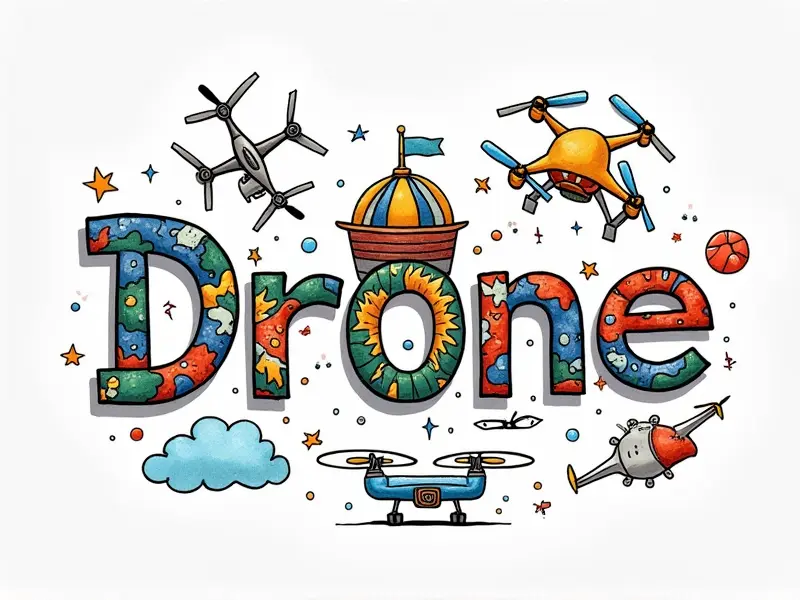What are waypoints for drones?

Why Every Pilot Needs Waypoints
Waypoints are crucial for drone pilots aiming to enhance their flight capabilities and achieve higher levels of precision and efficiency. By integrating waypoints into your drone missions, you can ensure that your aircraft follows a predetermined path with accuracy, reducing the need for manual control during complex maneuvers.
How Waypoints Revolutionize Drone Flight
The integration of waypoints in drone operations has transformed how pilots manage their flights. With waypoints, drones can navigate autonomously through challenging terrains and environments, performing tasks such as aerial photography, surveying, or delivery services with ease and reliability.
Unlocking Precision in Drone Flying
- High Accuracy: Waypoints enable drones to fly along a precise route, ensuring that each mission is executed flawlessly.
- Consistency: Repeated missions can be carried out with the same level of precision and reliability every time.
Simplifying Drone Routes with Waypoints
Waypoints make it easier to plan drone routes, allowing pilots to create complex flight paths without the need for constant manual intervention. This simplification ensures that drones can cover large areas efficiently and effectively, maximizing their operational capabilities.
Enhancing Drone Performance via Waypoints
- Efficiency: Drones equipped with waypoints can complete missions faster by following optimized flight paths.
- Reliability: Automated navigation reduces the risk of human error, making drone operations more dependable.
Navigating Autopilot with Drone Waypoints
Autopilot systems in drones rely heavily on waypoints to manage flight operations. By programming specific coordinates into these systems, pilots can control how and where their drones fly, allowing for hands-free operation during long missions.
Boost Your Drone Skills: Waypoints Explained
To fully leverage the benefits of waypoints, it's essential to understand how they work and how to integrate them into your drone operations. Mastering the use of waypoints can significantly enhance your piloting skills and open up new possibilities for drone applications.
Understanding Drone Waypoint Technology
- Data Entry: Inputting coordinates or specific locations where you want the drone to change direction, altitude, speed, etc.
- Mission Planning: Using software tools to plan out detailed flight paths with multiple waypoints for complex missions.
Unleashing Drone Potential via Waypoints
The application of waypoints can unlock the full potential of drones in various industries, from agriculture and construction to environmental monitoring and security. By harnessing this technology, businesses and individuals can achieve greater efficiency and accuracy in their drone operations.
Simplifying Drone Missions with Waypoints
- Surveying: Creating detailed maps of large areas by programming drones to fly along specific paths.
- Inspection: Conducting thorough inspections of infrastructure such as bridges and power lines without the need for manual control.
Waypoints: The Key to Smart Drone Flight
In conclusion, waypoints are fundamental to achieving smart drone flight. They offer unparalleled precision, efficiency, and automation in drone operations, making them indispensable tools for any serious pilot. By mastering the use of waypoints, you can take your drone flying skills to new heights.

